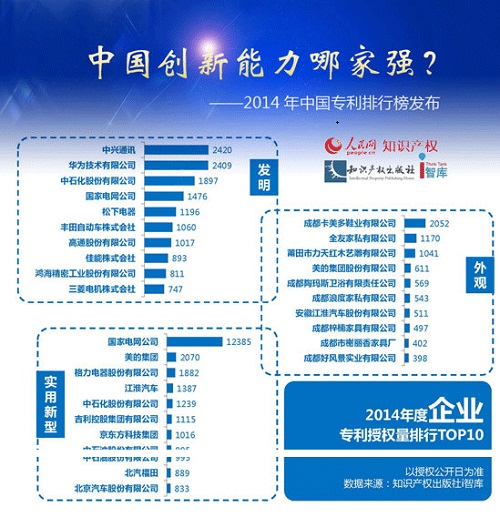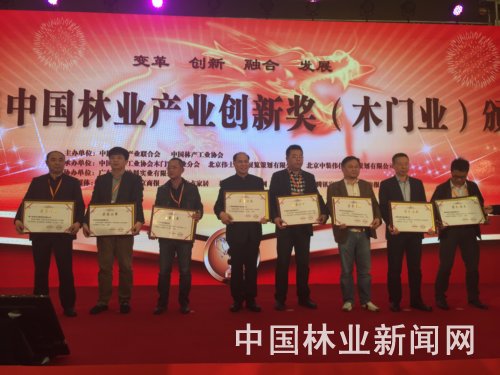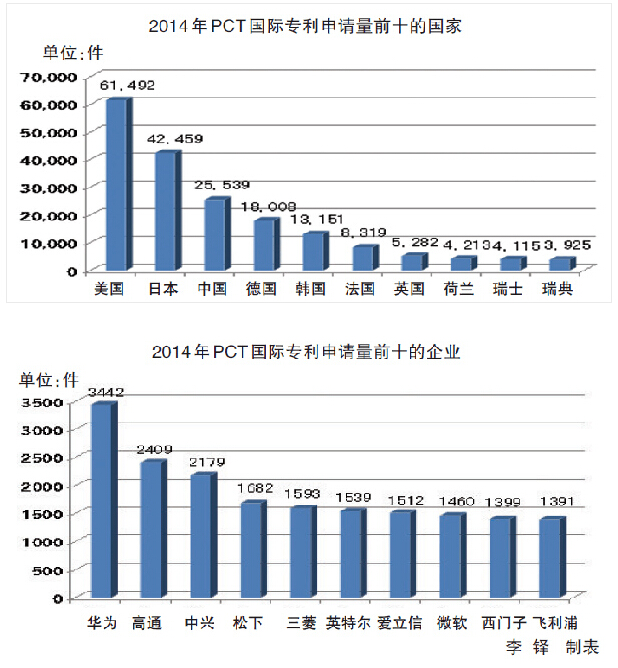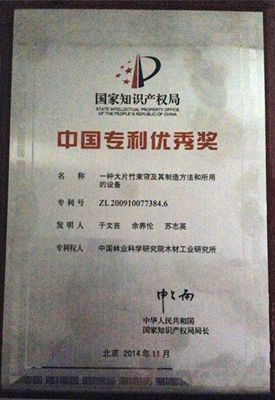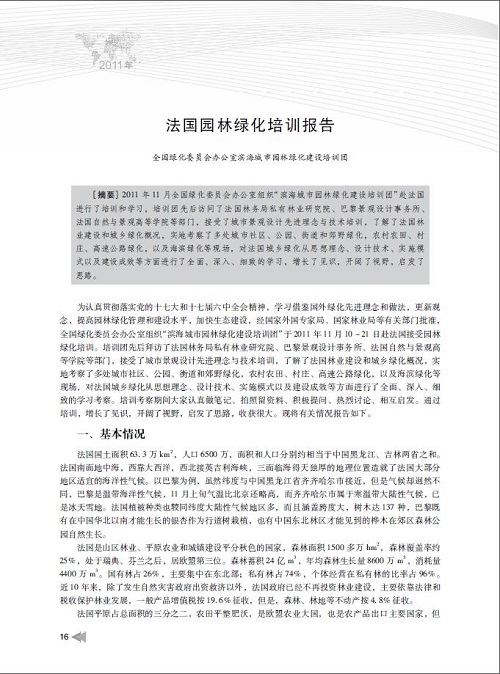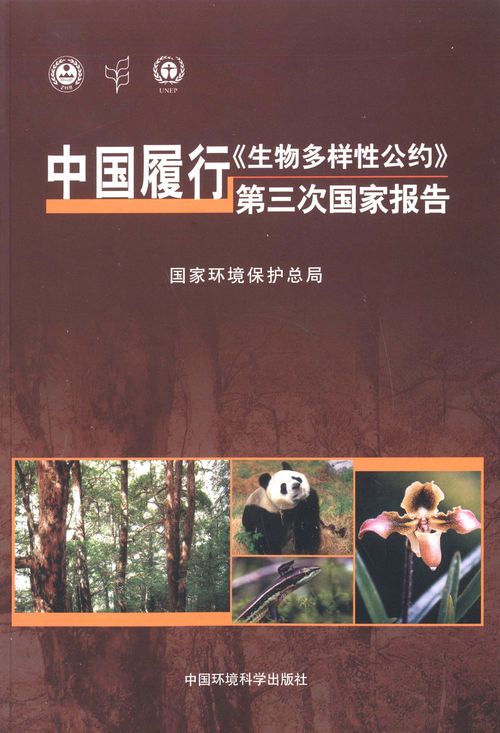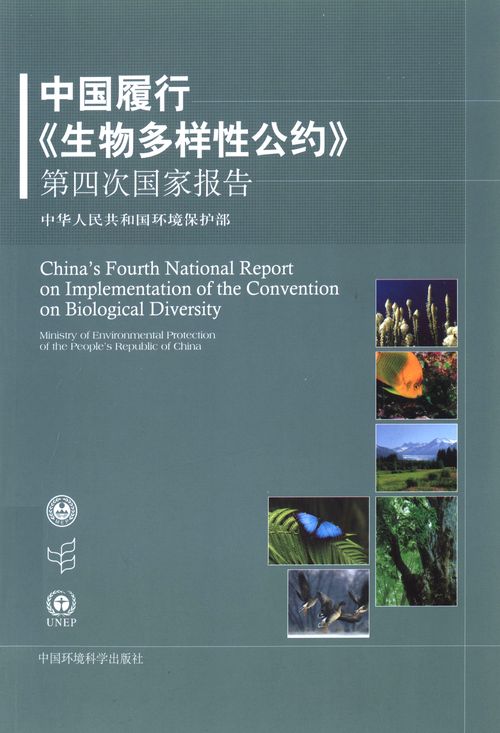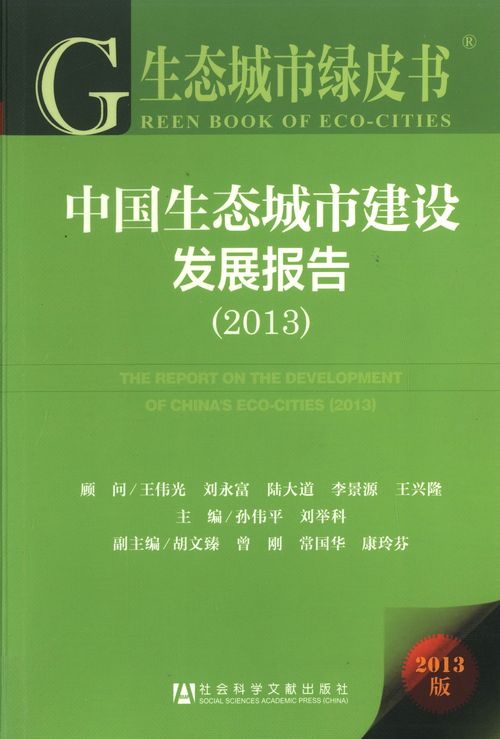
中国上古时期园林中的植被及其文化意蕴
编号
lyqk008266


中文标题
中国上古时期园林中的植被及其文化意蕴


作者
罗启龙


作者单位
湖南大学岳麓书院, 长沙 410006


期刊名称
世界林业研究


年份
2020


卷号
33


期号
3


栏目编号
2


栏目名称
各国林业


中文摘要
在中国古代形成园林概念的初期,园中植被以粮食作物为主,且物种较单一,尚不具备观赏性质。降及西周,随着生产力发展并受统治者相关政策的影响,人们已开始用多种经济植被代替粮食作物,并利用布局方式美化园囿景色。春秋至秦汉时期,随着政治制度的不断完善,以及大一统王朝的逐步建立,植被在不同阶层人们的园囿之中表现出来的文化内涵也差异极大。平民阶层的园囿之中仍以经济作物为主,并逐渐植以观赏性植被;贵胄之家则多以自然奇观为蓝本,融入道家与儒家的文化思想建筑园林,并在此基础之上选种植被。此外,从考古以及文献等资料中不难看出,帝王苑囿中的植被凸显出秦汉时期统治阶层大一统思想与神仙思想的盛行。


基金项目
2018年度湖南省哲学社会科学基金青年项目“秦汉时期生态资源变迁问题研究”(18YBQ022);国家社科基金一般项目“出土墓志与北朝地方行政制度研究”(19BZS038);2018年出土文献与中国古代文明研究协同创新中心博士创新资助项目“秦汉生态环境若干问题研究——以出土简牍为


英文标题
Vegetation in Ancient Chinese Gardens and Their Cultural Implication


作者英文名
Luo Qilong


单位英文名
Yuelu Academy, Hunan University, Changsha 410006, China


英文摘要
In the early days when the concept of garden was formed in ancient China, the vegetation in the garden was mainly food crops, with relatively limited species, which had no ornamental function. In the Western Zhou Dynasty, with the productivity development and the influence of the relevant policies, people began to replace food crops with a variety of economic vegetation and beautify gardens and parks by means of layout. From the Spring and Autumn period to the Qin and Han dynasties, with the continuous improvement of the political system and the gradual establishment of a unified dynasty, the vegetation in the gardens and parks owned by people from different classes showed great differences in their cultural connotations. The gardens and parks of the common people were still dominated by cash crops with gradually increased ornamental vegetation planted, while the gardens owned by the nobles mostly borrowed the essence of natural wonders to incorporate the cultural thoughts of Taoism and Confucianism into gardens with the selected planting of vegetation. In addition, from archaeological and documentary materials it is easy to see that the vegetation in the imperial garden highlights the prevailing ideology of grand unification and immortals of the ruling class in Qin and Han dynasties.


英文关键词
garden;cash crops;cultural connotation;China


起始页码
54


截止页码
59


投稿时间
2019/6/10


最后修改时间
2020/2/23


作者简介
罗启龙,男,历史学博士,湖南大学岳麓书院在站博士后,主要从事秦汉史、林业史研究,E-mail:544060002@qq.com。


分类号
S732;TU986


DOI
10.13348/j.cnki.sjlyyj.2020.0012.y


参考文献
[1] 郭沫若.中国古代社会研究[M]. 北京:人民出版社,1954:185.
[2] 徐中舒.甲骨文字典[M]. 成都:四川辞书出版社,1988:104.
[3] 睡虎地秦墓竹简整理小组.睡虎地秦墓竹简[M]. 北京:文物出版社,1990:149.
[4] 成都市文物管理处.四川成都曾家包东汉画像砖石墓[J]. 文物,1981(10):25-27.
[5] 严可均.全后汉文[M]. 北京:商务印书馆,1999:141.
[6] 河南省文物考古研究所,内黄县文物保护管理所.河南内黄三杨庄汉代聚落遗址第二处庭院发掘简报[J]. 华夏考古,2010(3):19-30.
[7] 刘海旺.首次发现的汉代农业闾里遗址:中国河南内黄三杨庄汉代聚落遗址初识[M]. 北京:中华书局,2006:74-75.
[8] 张学涛,王健,秦丽荣,等.四川汉画像砖中树木图像研究[J]. 农业考古,2014(1):199-204.
[9] 中国科学院考古研究所.中国田野考古报告集第一号:辉县发掘报告[M]. 北京:科学出版社,1956:116.
[10] 河南省文化局文物工作队.郑州南关159号汉墓的发掘[J]. 文物,1960(增刊1):19-24.
[11] 高文.汉碑集释[M]. 河南开封:河南大学出版社,1997:414.
[12] 王子今.秦汉社会的山林保护意识[J]. 经济社会史评论,2008(1):65-74.


PDF全文
浏览全文


-
相关记录
更多
- 中国林业遗产类型与地理分布 2023
- 中国林业服务贸易规模核算问题探讨 2023
- 数字经济赋能中国乡村林业发展:理论机制、成效分析及政策启示 2023
- 森林碳汇环境库兹涅茨曲线特征及其影响因素分析 2023
- 民国时期的国有林场建设及其历史价值 2023
- 巩固退耕还林成果:农户意愿与行为研究进展及对策建议 2023
 打印
打印
